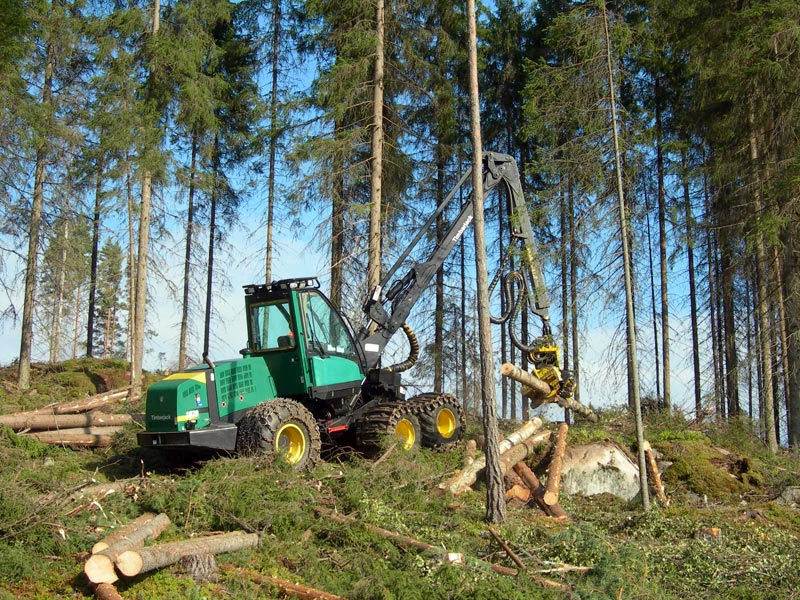A study has found that under more severe climate warming scenarios, the inventory of trees used for timber in the continental United States could decline by as much as 23% by 2100.
Led by a North Carolina State University researcher, the study also showed that the largest inventory losses would occur in two of the leading timber regions in the U.S., which are both in the South.
Researchers who undertook the study said that their findings show modest impacts on forest product prices through the end of the century, but suggest bigger impacts in terms of storing carbon in U.S. forests. Two-thirds of U.S. forests are classified as timberlands.
“We already see some inventory decline at baseline in our analysis, but relative to that, you could lose, additionally, as much as 23% of the U.S. forest inventory,” said the study’s lead author and associate professor of forestry and environmental resources at North Carolina State University, Justin Baker. “That’s a pretty dramatic change in standing forests.”
In the study which was published in Forest Policy and Economics, the researchers used computer modelling to project how 94 individual tree species in the continental United States will grow under six climate warming scenarios through 2100.
Read also: WMO reveals plans to tackle climate change through sustainable monitoring of greenhouse gases
They also considered the impact of two different economic scenarios on demand growth for forestry products. The researchers compared their outcomes for forest inventory, harvest, prices and carbon sequestration to scenarios with no climate change. Researchers said their methods could provide a more nuanced picture of the future forest sector under high-impact climate change scenarios compared to other models.
According to Baker, many past studies show a pretty optimistic picture for forests under climate change because they see a big boost in forest growth from additional carbon dioxide in the atmosphere.
“The effect that carbon dioxide has on photosynthesis in some of those models tends to outweigh the losses you see from precipitation and temperature-induced changes in forest productivity and tree mortality,”he said. “We have a model that is specific to individual tree species, and that allows us to better understand how climate factors influence growth rates and mortality.”
The researchers further found that in certain regions trees would grow more slowly in higher temperatures and die faster. Combined with increasing harvest levels and greater development pressures, that led to declines in the total tree inventory.
They projected the largest losses would be in the Southeast and South-Central regions, which are two of the three most productive timber supply regions in the U.S and that those regions could see tree inventories shrink by as much as 40% by 2095 compared to one of their baseline scenarios.
Due to declines in pine products, the researchers projected softwood lumber prices could increase as much as 32% by 2050.
“We found pretty high levels of sensitivity to warming and precipitation changes for productive pine species in the South, especially when climate change is combined with high forest product demand growth,” Baker said.
However, the researchers projected gains in tree supplies in the Rocky Mountain and Pacific Southwest regions, driven by higher rates of death of certain trees that lead to larger harvests initially, followed by the growth of more heat-tolerant species.
Story was adapted from Sciencedaily.
